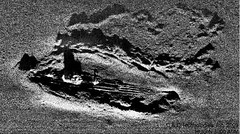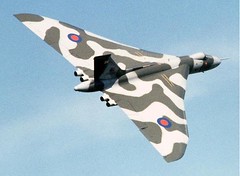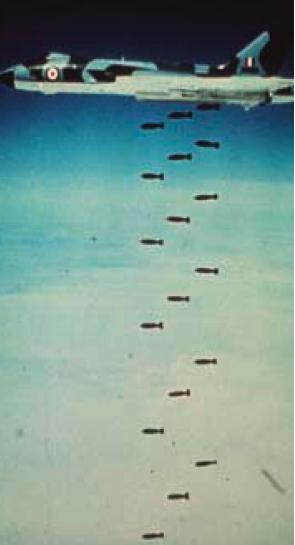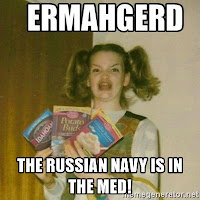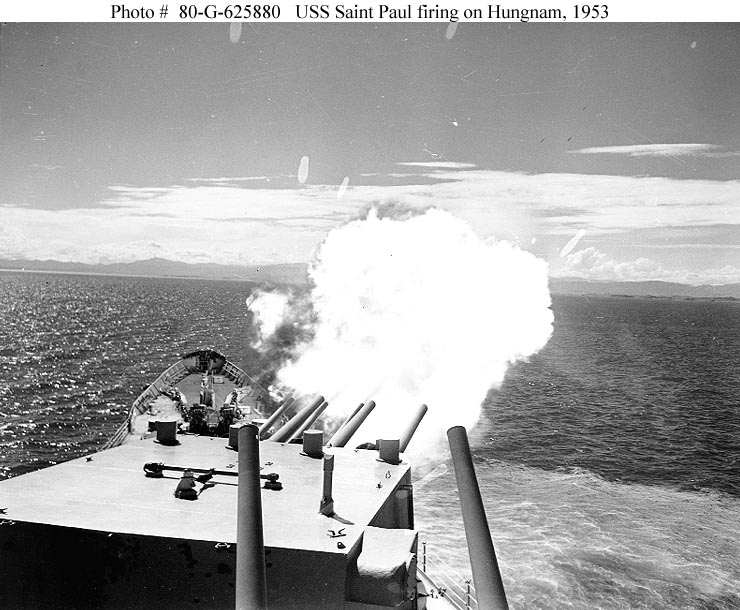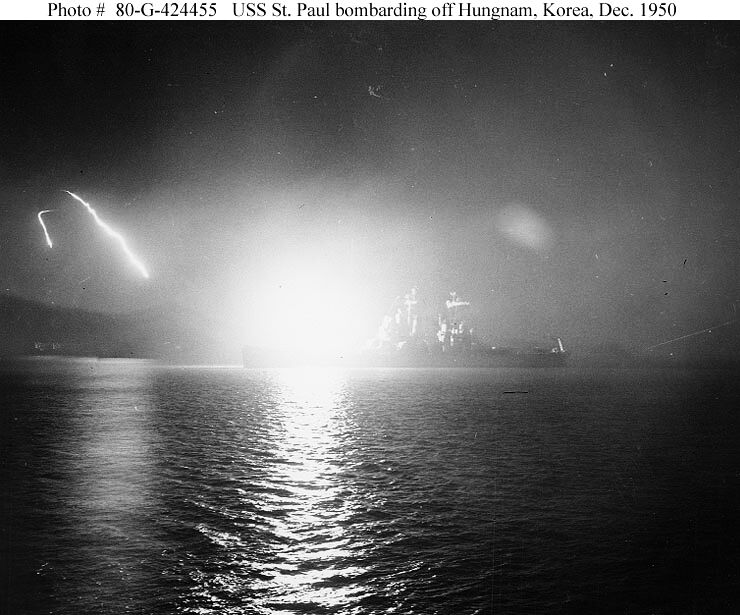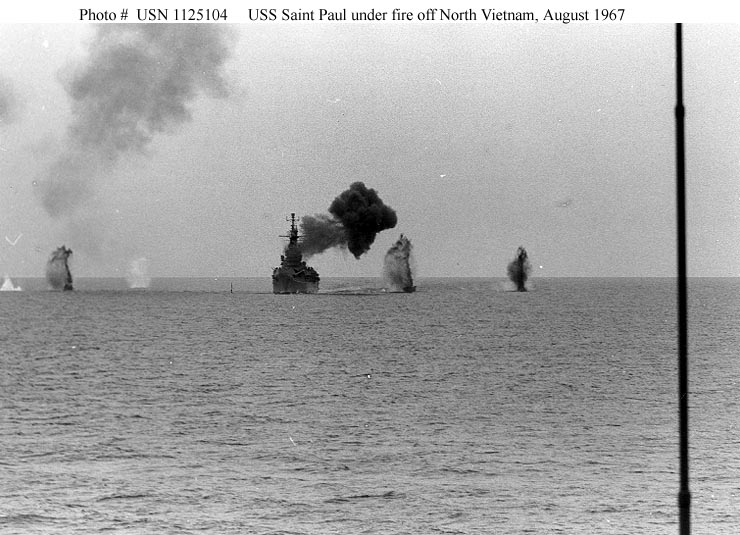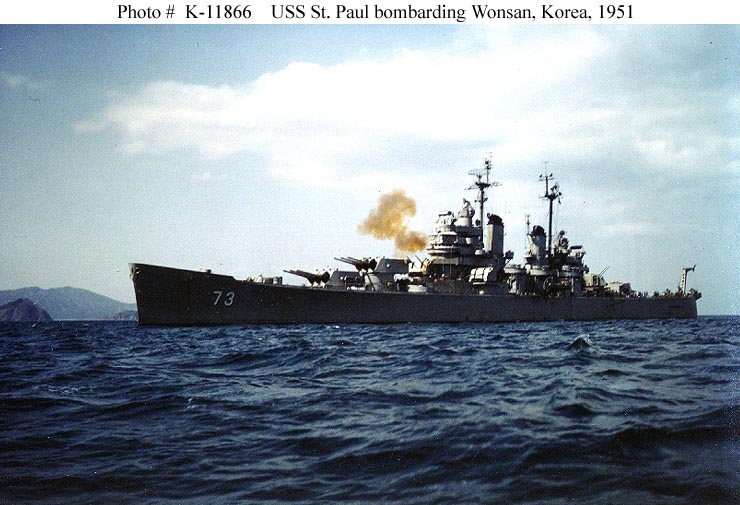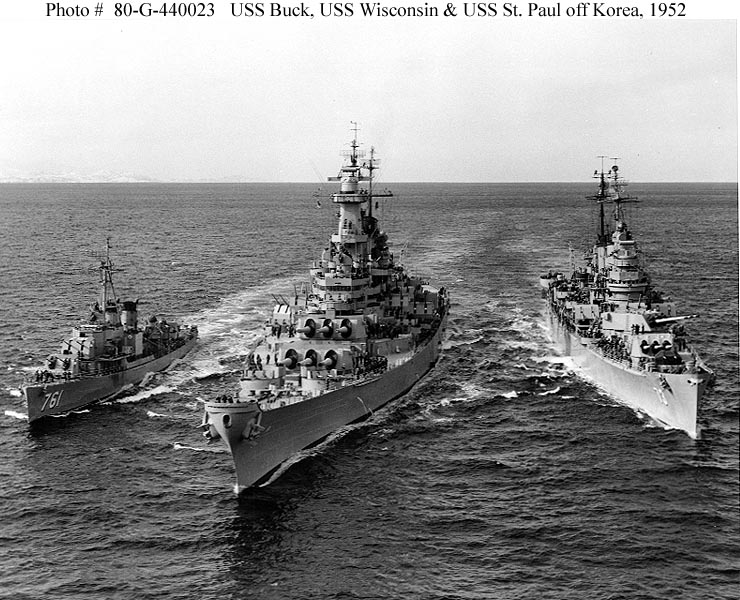
Except for a few final holdouts and mopping up, the siege of Mosul is almost over and the wrecked city back in the hands of allied Iraqi factions. Soon the attention will turn west as the investment of Raqqa is setting up nicely.
As they lose actual ground in Iraq and Syria, what will the next step be for the Islamic State? Where will they move to as their next safe haven, and what should be expect from the thousands of fighters trained by them who will return to their home nations?
Our guest for the entire hour this Sunday from 5-6pm Eastern to discuss this and related issues will be Bill Roggio, Senior Fellow at the Foundation for Defense of Democracies and Editor of FDD’s Long War Journal.
Join us live if you can, but if you miss the show you can always listen to the archive at blogtalkradio or Stitcher.
If you use iTunes, you can add Midrats to your podcast list simply by clicking the iTunes button at the main showpage - or you can just click here.






